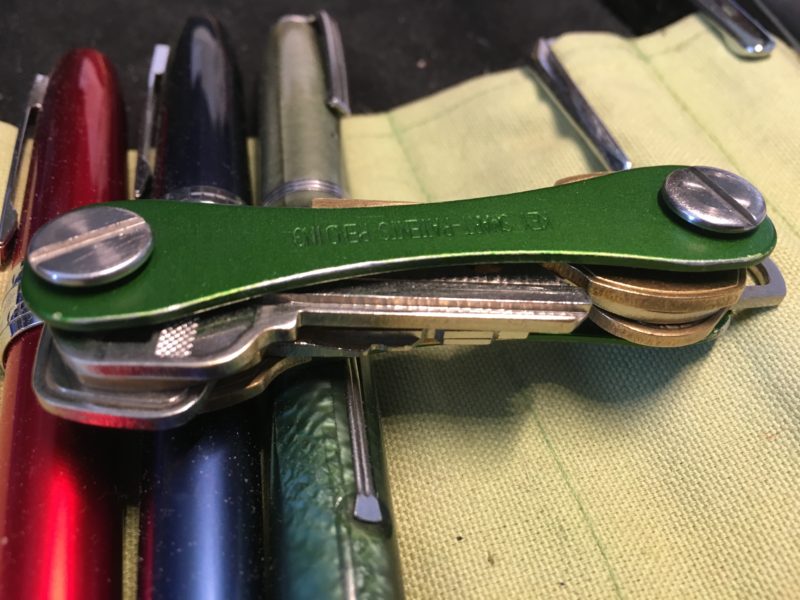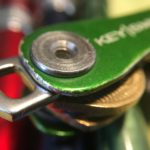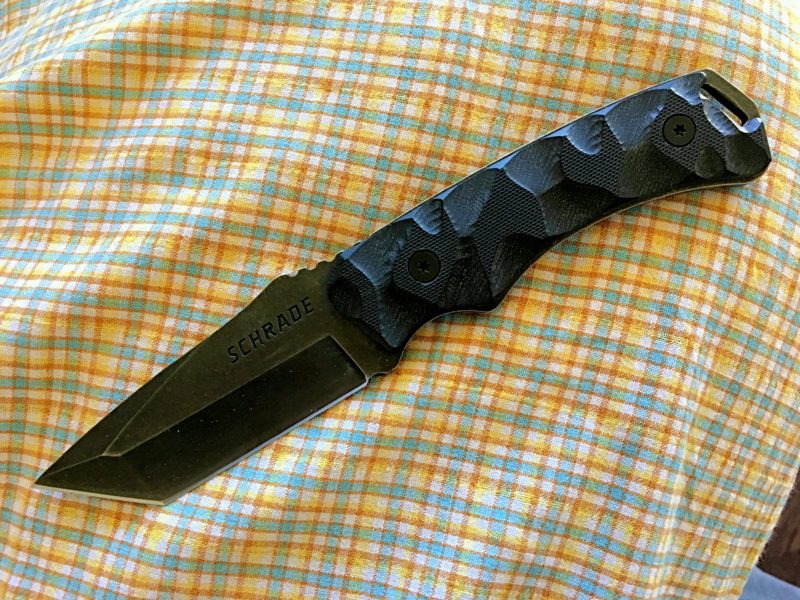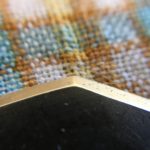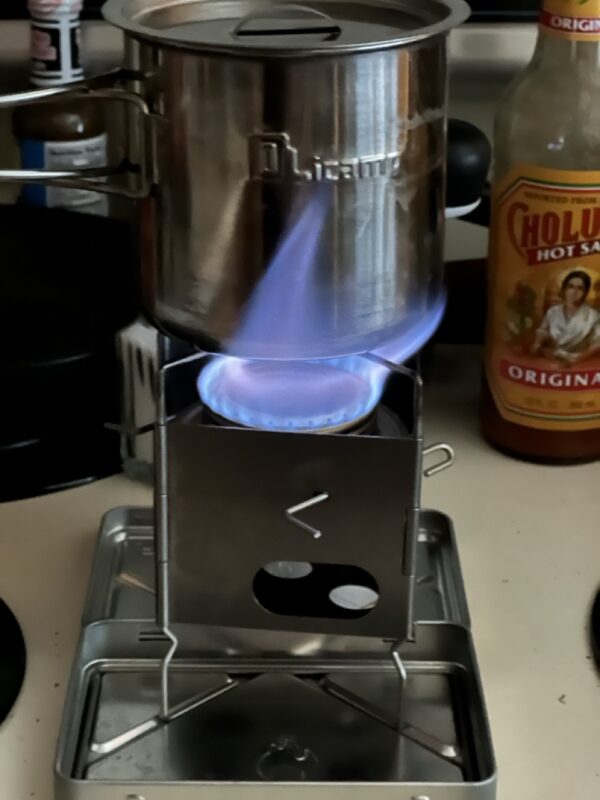
My Haley Strategic Flatpack Plus arrived yesterday. I bought (yet another) small tactical pack because I want to carry a few things in the field with me and a small camera bag. I want a pack that can carry the necessaries and a small QRP radio kit (if desired). I want to be able to carry a small camera bag cross body1 under the pack.
After the ham radio exam session yesterday, I came home and retrieved the pack from the parcel box. Well, that is, after getting The Girl out for a walk. It really is a small pack with an expanded capacity of about 700 cubic inches. (Flat is is closer to 100–200 cubic inches.) It has two compartments, a bladder pouch, and a small flat pouch. The latter is good for a small tarp or a flat paper map, folded (or both, I suppose).
Aside: I am a Volunteer Examiner for the American Relay Radio League. That means I am certified to proctor an amateur radio license examination and the FCC will accept the result.
I bought two of the clear top pouches, a large and a small. The inside of the pack is lined with a loop field, which means appropriately fitted pouches will affix to both the back of the pack and the inside of the large compartment top. One of these pouches will contain a set of clean clothes — shirt, undies, and socks. I will have a change of clothes. The second pouch (the small one) will catch something; I have not figured that out yet.
There is plenty of room for my small cook kit (the stove is above) so I can heat water for coffee/tea or to hydrated freeze-dried food for a hot meal. I have a small bottle to carry alcohol fuel for the Trangia burner. I will work on some of the remaining components today, but am thinking that a small medical kit (more than a boo-boo kit) to supplement my EDC pouch (cargo pocket), a small fire kit (to create warmth or cook), a small radio kit (one of my QRP rigs, plus battery and wire antenna), and cordage to put up a shelter (the tarp) will round it out. I can carry a water bottle(s) or put a small bladder in the bladder pouch.

Today I will determine whether (or not) I can carry a small Domke camera bag cross body under the pack straps and still have access to the camera. My camera will be either the Fujifilm X100V or the X-E4 (and a spare lens or two). The cameras are really small, so the bags are small, too.
This might actually work, be reasonably light, and provide routine and light emergency capability in the field when I am hiking with Sera or playing a little radio on a remote summit or a park. I am looking forward to getting in to the field today, even if the weather is quite a bit colder than it has been.
Also, the last of the camper parts are on the way. I hope to have it repaired in a week or two and plan to get out and do some camping before the end of the year.
Sera is snoozing under my worktable. It is a welcome sound. Life is good.
1I carry camera bags and cameras (on straps) cross body because I absolutely cannot stand to have anything hanging around my neck.
